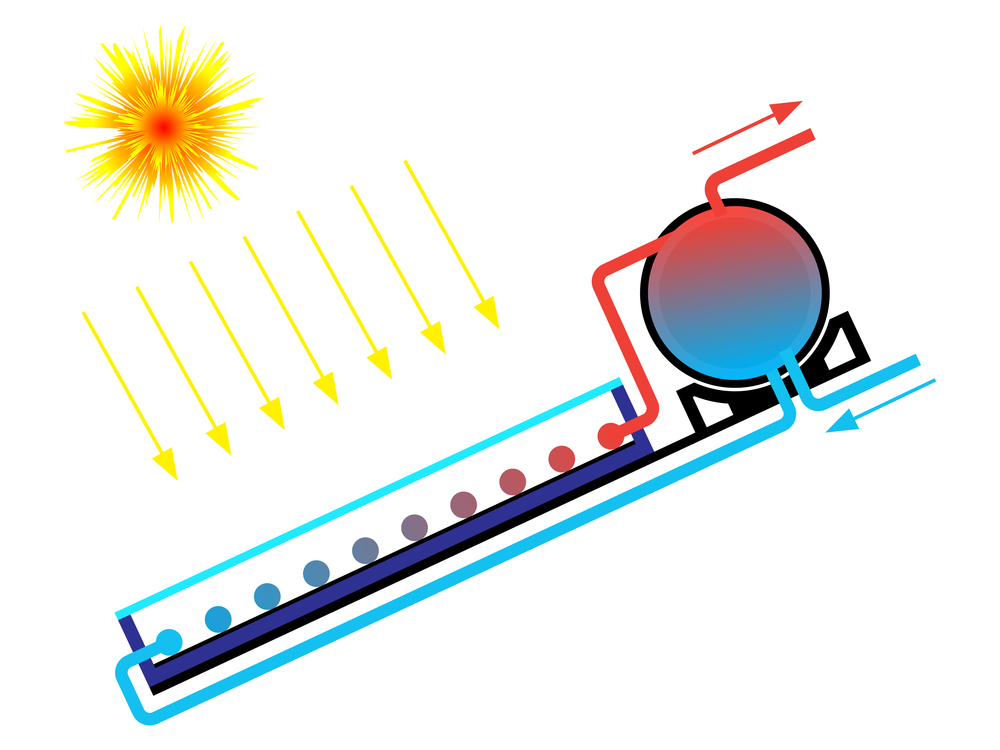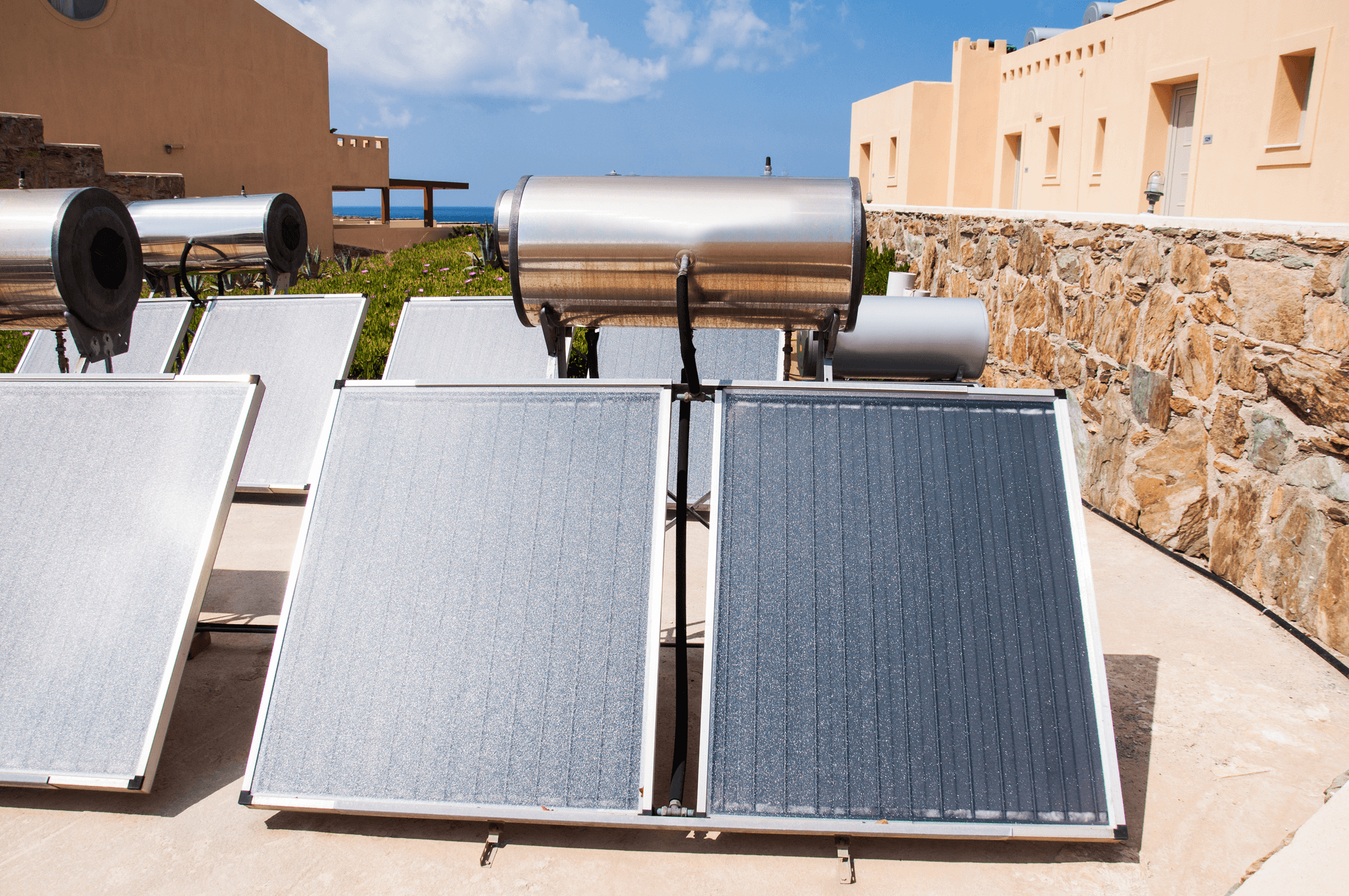Solar energy is a good alternative source of energy for domestic and household needs. It is difficult to overestimate its benefits, because the energy of the Sun can be used not only to generate electricity, but also heat. That’s what solar collectors are for.
- What is a solar collector
- The principle of operation of solar collectors
- Details of solar collectors
What is a solar collector
Solar collectors are devices that convert solar energy into heat and are designed to heat the coolant circulating in them (antifreeze, water) with subsequent transfer of the accumulated heat to consumers. They are used for heating water in hot water systems, for heating, for building warm houses, for heating water in pools. Solar collectors are equipped with special selective materials (coating), which contribute to better absorption and accumulation of solar energy, and then convert it into thermal energy in order to send it to the consumer.
In fact, the solar collector performs the function of a water heater, so they are widely used in homes as the main or additional source of energy for heating water (hot water systems) and / or heating. They are especially in demand outside the urban area, for example, in private households, in summer cottages – where there is not always access to centralized thermal communications, and the installation of an electric or gas boiler requires a large investment.
In very simple terms, a solar collector is a device that, heated by sunlight and passing water through itself, heats it. Primitive examples of collectors are also found in everyday life: this is how a plastic bottle or a water hose lying in the sun, as well as a heated metal tank due to the high thermal conductivity of metal, gives off heat to water. By the way, if you paint the container black, the water will heat up even more and faster, because black paint absorbs the sun’s rays best of all and practically does not reflect them – this property of black color is successfully used today in solar collectors.
The principle of operation of solar collectors

Despite the existence of various types of solar collectors , the principle of their operation is identical. It is based on the elementary laws of physics, which are studied at school. Namely, when water is heated, its density decreases, and therefore, at an equal level, hot water weighs less than cold water. Thus, a lower density liquid (i.e. hot water) is displaced by a higher density liquid (cold water).
Therefore, the cold water circulating through the pipes will displace (drive) the heated water, and due to this process, the water is heated and / or the house is heated. The only and main difference from the usual thermal communications is the source of heat, which instead of a gas or electric boiler is the Sun. To maintain the stability of the system during the day and year-round uninterrupted operation, a circulation pump and other additional equipment are used.
The capacity of the solar collector is calculated based on the data on the efficiency of the collector, heat loss factors, the area of the collector and the expected heating and / or volume of water to be heated, the insolation value of the system, weather and climatic conditions of a particular region.
How solar collectors are made and how they work – device details
Light rays fall on the surface of the collector and heat the coolant that is inside it. Then, through a system of special thin tubes, the coolant enters the storage tank filled with water. To warm up all the liquid in it evenly, the tubes pass through the entire volume of the tank. As it flows through the tank, the coolant gradually cools down, and then it gets back into the collector, already cooled, and again heats up here. So there is a constant natural circulation of the hot water coolant in the tank, from where the liquid can be supplied to heating radiators or to the hot water supply systems of the house. If suddenly the water in the tank cools below a predetermined minimum, backup heating is turned on – most often it is an electric or gas boiler. This temperature is controlled by special sensors installed in the collector control system.
In fact, the design of the collector is a rather complex device and includes:
- a surface for absorbing sunlight (flat panel or special tubes );
- a system of thin tubes (coil) through which the coolant circulates;
- storage or expansion tank for the coolant, where it is brought to the desired temperature; for greater efficiency, it is desirable to insulate the tank with mineral wool or another heat-shielding layer (insulation);
- a heat exchange circuit through which the coolant heats the water tank;
- control station – automation for controlling the supply and circulation of water (controller, temperature and pressure sensors, pump and locking elements);
- an electric heating element in case of water heating in case of insufficient solar energy intensity.
You need to understand that the solar collector is a completely autonomous and independent device that produces environmentally friendly energy and allows you to save money if it is properly designed and functioning. It is preferable to install it in the highest place, for example, on the roof. This will ensure proper circulation of the coolant without resorting to the help of a pump.
